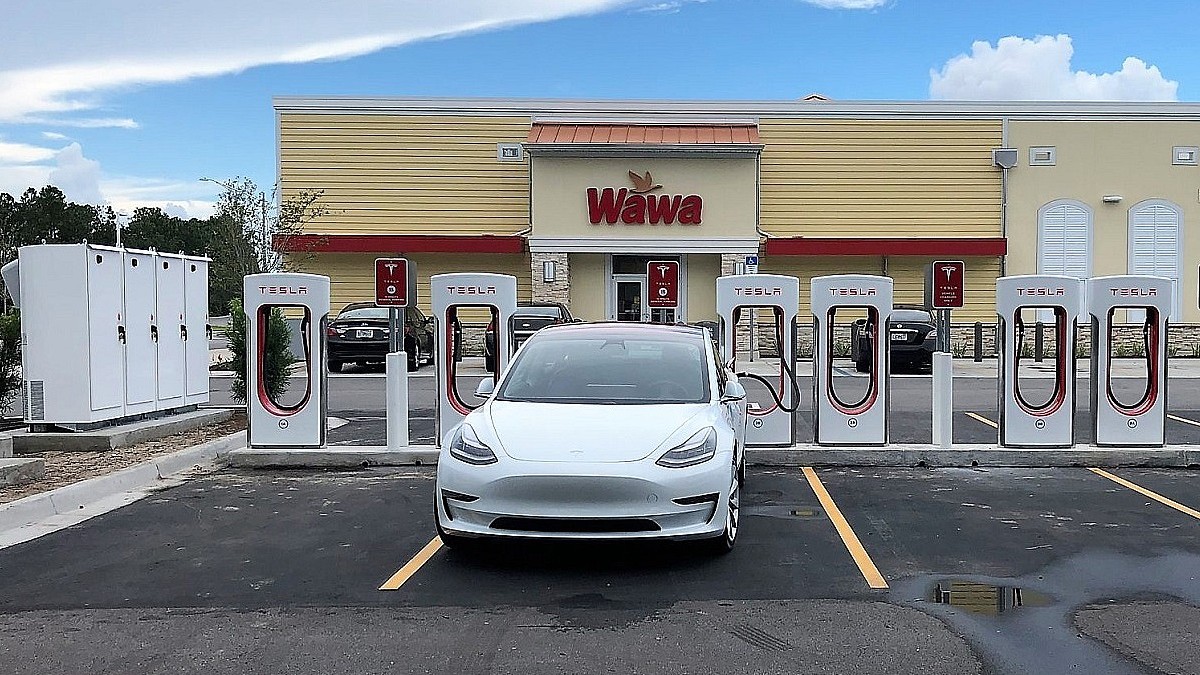
If you drive an EV and live on Florida’s Gulf Coast, you have two choices before the powerful Hurricane Milton arrives – here’s what to know.
If you drive an EV and decide to stay on the Gulf Coast: Don’t park your EV anywhere where there will be standing water. This should be common sense, but there were a lot of cars in water during Hurricane Helene. This equally applies to gas cars too. Cars don’t like water, and batteries particularly don’t like saltwater.
If you’re not already in a non-flood zone with a garage, get your EV to a high and dry area, preferably under shelter, well in advance of Hurricane Milton’s arrival on Wednesday. Both Pinellas and Hillsborough counties in the Tampa Bay area, where Milton is projected to make a direct hit, are opening up garages to the public for free.
If your EV does become submerged, don’t try to drive it. Contact your insurance company, and follow your OEM’s guidance on what to do. Here’s Tesla’s submerged vehicle guidance.
If you decide to stay in your home because you’re not in a flood zone and have appropriate safety shutters, Powerwalls, etc, remember that your car is a safe source of power. I read multiple accounts of Rivian owners powering refrigerators and other appliances during Hurricane Helene on the Rivian Facebook group last week.

If you drive an EV and decide to evacuate the Gulf Coast: It’s no more risky to evacuate in an EV than it is to do so in a gas car. If your Uncle Bob asks how you’ll charge your car if the power goes out, gently remind him that gas stations don’t work when the power goes out either.
Charge your car to at least 80%, plan your route, and check that the DC fast chargers and/or Level 2 chargers on your route are online. There will be traffic. Heck, there’s bad traffic on I-75 now. Gas cars will burn gas as they idle in traffic. You won’t burn charge in your EV. But once you finally clear traffic, don’t speed, because then you will burn range unnecessarily. (Plus, the last thing you need is a speeding ticket.)
Take your portable charger and its Level 1 and Level 2 attachments with you, because the more options to charge you have, the better. A Level 1 EV charger will connect to any standard 120v AC outlet so you can plug in anywhere – something gas car drivers can’t do. If you intend to stay at a hotel, see if you can find one that has a Level 2 charger onsite.
Read more: Gas stations tell Florida to stop dawdling with $198M in federal EV charger funding
FTC: We use income earning auto affiliate links. More.


